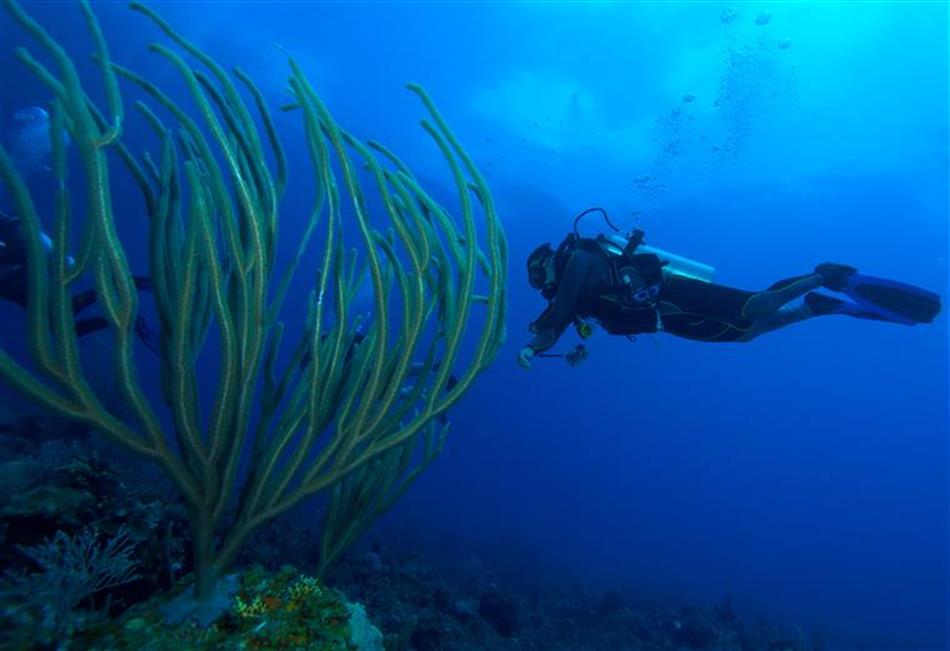Researchers at the Natural History Museum in England have discovered more than 30 new species on the coast.
According to The Guardian, those responsible used a remotely operated vehicle to collect the species from the valley plains of the Clarion-Clipperton region in the central Pacific. Previously, species in this area were studied only from photographs.
The study, published in the journal Zookeys, found that “the region is rich in species.” Of the 55 specimens recovered, 48 were of different species.
According to the British newspaper, the animals found included “segmented worms, vertebrates from the same family such as centipedes, marine animals from the same family such as jellyfish and various types of corals.”
The study’s lead author, Guadalupe Bribiesca-Contreras of the Natural History Museum, told The Guardian that the research “is important not only because of the number of new species, but these species have previously only been studied from seafloor images.” . Without species and DNA data, it is impossible to properly identify animals and understand how many different species there are.
For his part, Adrian Glover, who leads the Natural History Museum’s deep-water research team, said scientists still don’t have much information about megafauna animals because few samples have been collected. “This study is the first to suggest that diversity can be very high in these groups,” he concluded.



![[VÍDEO] Elton John’s final show in the UK has the crowd moving](https://www.lodivalleynews.com/wp-content/uploads/2023/06/Elton-John-1-690x600.jpg)


More Stories
What is early voting about voting on November 5th?
King Charles visits health center in India – 10/30/2024 – Celebrities
Pending home sales in the U.S. have risen for more than four years